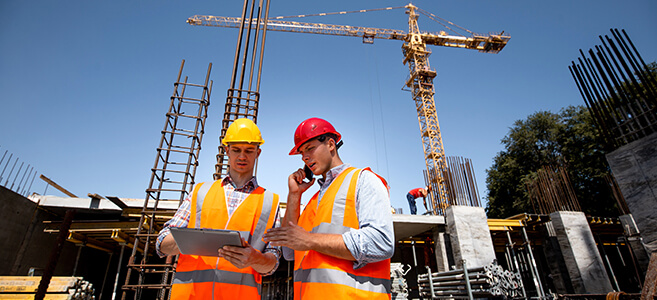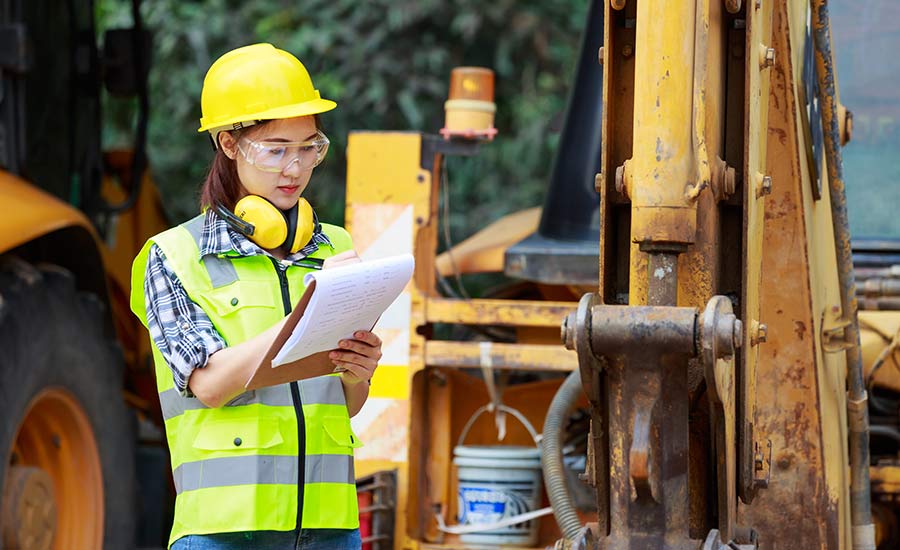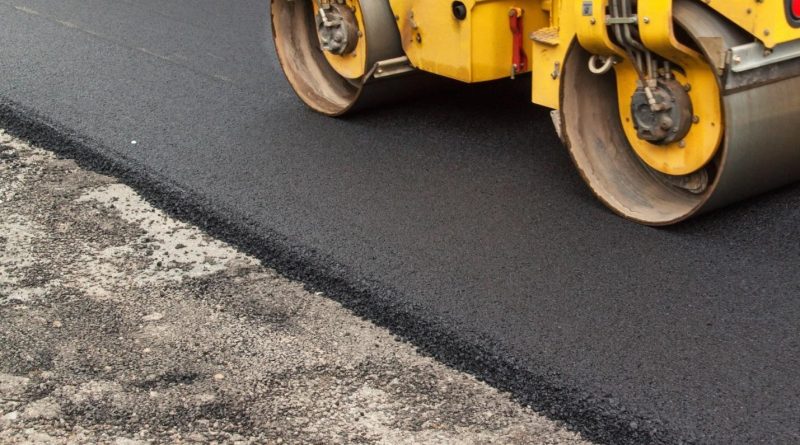Are you ready to add a shed to your backyard? Whether you’re looking for extra storage space or a cozy workshop, a shed can be a valuable addition to your property. But before building, you must ensure your space is adequately prepared. Site preparation may seem daunting, but it can be an easy and successful process with the right approach. In this post, we’ll cover all the basics of site preparation, from choosing the perfect spot for your shed to ensuring a stable foundation. So, let’s get started and prepare your space for your new shed!
The Importance of Site Preparation
Site preparation isn’t just a preliminary step; it’s an important part of ensuring the longevity and functionality of your shed. Picture this: you’ve just invested in a beautiful, high-quality shed, only to find it wobbly or leaning after a few months. This scenario often arises due to poor site preparation, as uneven or unstable ground can cause significant problems. Thus, before asking, “Does a shed need a foundation?” it’s essential to understand the importance of proper site preparation.
A well-prepared site can provide a level and stable base, ensuring that your shed stands strong for years to come. Moreover, proper site preparation also helps in mitigating issues related to water pooling and soil erosion, which could potentially harm your shed. Remember, a shed is not just a structure; it’s an investment. And, like any good investment, it deserves a strong and secure foundation.
Choosing the Perfect Spot for Your Shed
When selecting the perfect spot for your shed, consider the purpose of your shed and the layout of your property. The location should be easily accessible yet not disruptive to your outdoor aesthetics. If you plan on using the shed as a workshop, ensure it’s in a quiet corner. For a storage shed, opt for a spot closer to your home for convenience. Always make sure the place is free from overhead power lines, tree branches, and away from water bodies to prevent potential damage.

Clearing and leveling the Ground
First, clear the selected site of any debris, rocks, or plants. Then, use a spirit level or laser level to check the flatness of the area. For uneven surfaces, a compacted layer of gravel can be beneficial in leveling the ground. This step is critical in ensuring your shed’s stability. Remember, a level ground leads to a sturdy shed. So, take your time and get it right.
Laying Down a Solid Foundation
Once your ground is level, it’s time to lay a solid foundation. A concrete slab or pier foundation are both sturdy options, with concrete being the most common choice. Alternatively, consider a wooden foundation or a gravel pad if you prefer a more temporary solution. Each foundation type has pros and cons, so research and choose wisely. Don’t forget the foundation is key to ensuring your shed’s stability and longevity.
Considering Drainage and Erosion
Don’t overlook drainage and erosion when preparing your site. Ensure your chosen location isn’t prone to water pooling after rain. Use French drains or landscape grading techniques to divert water from the shed’s foundation. Remember, constant water exposure can weaken your shed’s foundation over time. Additionally, planting ground cover plants around the shed can help prevent soil erosion. Taking these steps will protect your shed and keep it strong for years.
Checking local Building Codes and Regulations
Before embarking on your shed project, check with your local building department to understand any restrictions or permits required. Codes and regulations can vary widely depending on your location and may affect the size, placement, or type of shed you can build. Understanding these regulations early in the process can save you from costly fines or needing to modify or relocate your shed later.
Preparing for Your Shed’s Arrival
Once your site is ready, plan for the arrival of your shed. Ensure the access route to your backyard is clear of obstacles for easy delivery and installation. Organize your tools and review the instructions beforehand if you assemble the shed. Be ready for heavy lifting, and enlist a few helping hands if possible. With everything prepared, installing your shed should be a smooth and rewarding process. Your dream shed is now one step closer to reality!
While preparing your site for a shed might seem challenging, it is a crucial step to ensure the longevity of your shed. Don’t forget to check local codes and regulations to avoid future complications. Your dream shed will soon become a reality with careful planning and preparation. Happy building!



